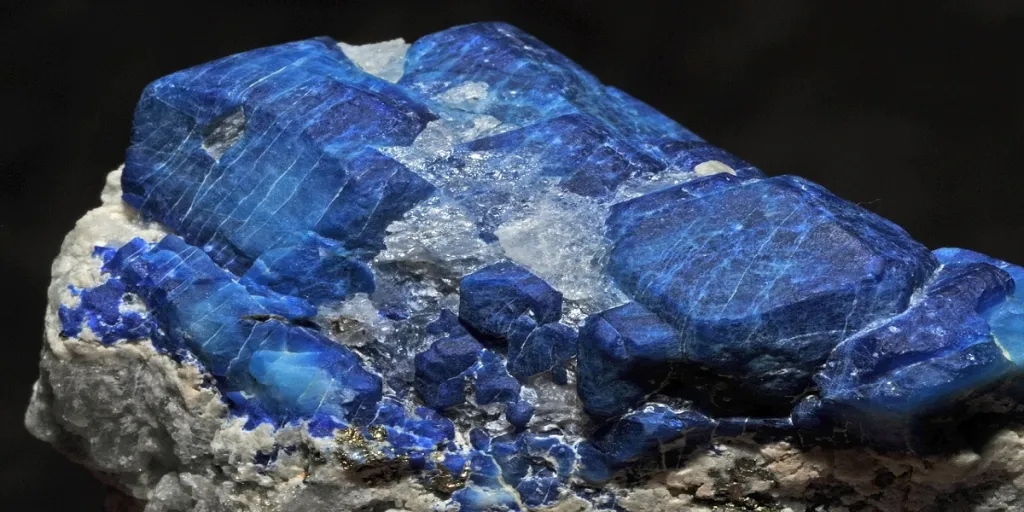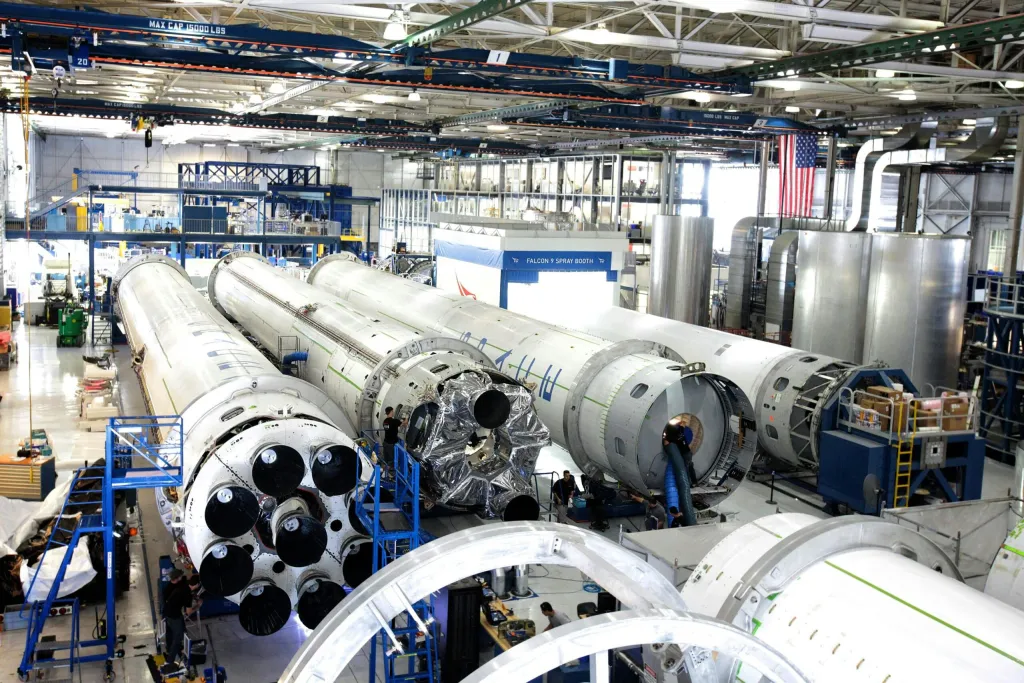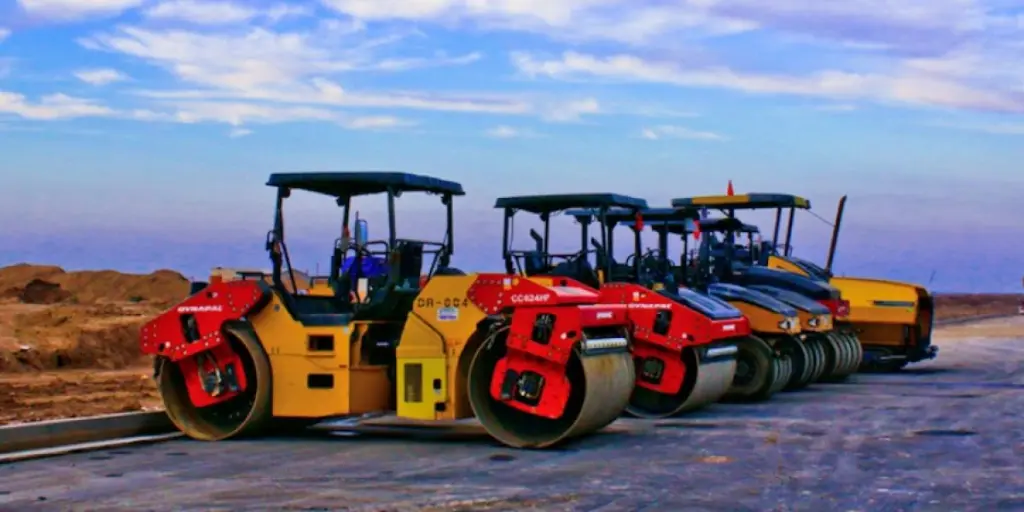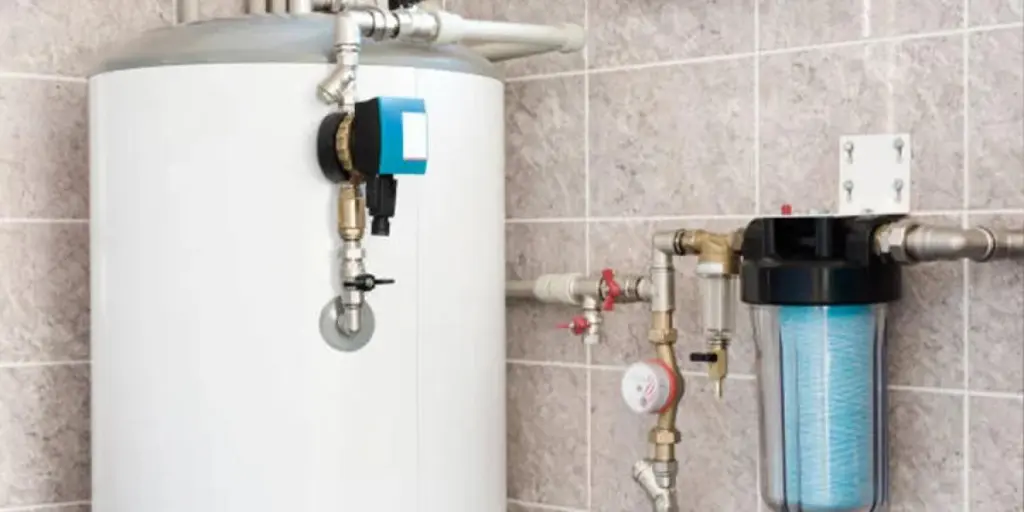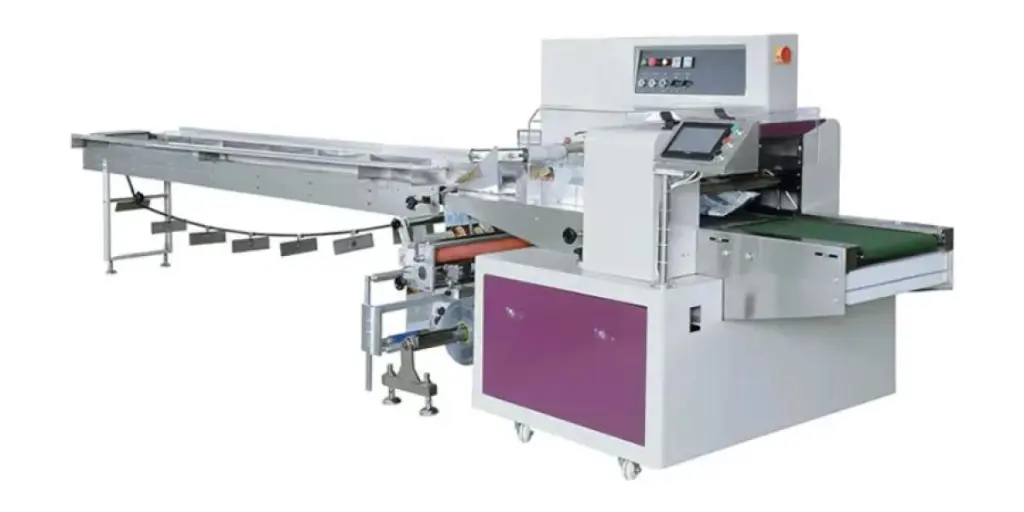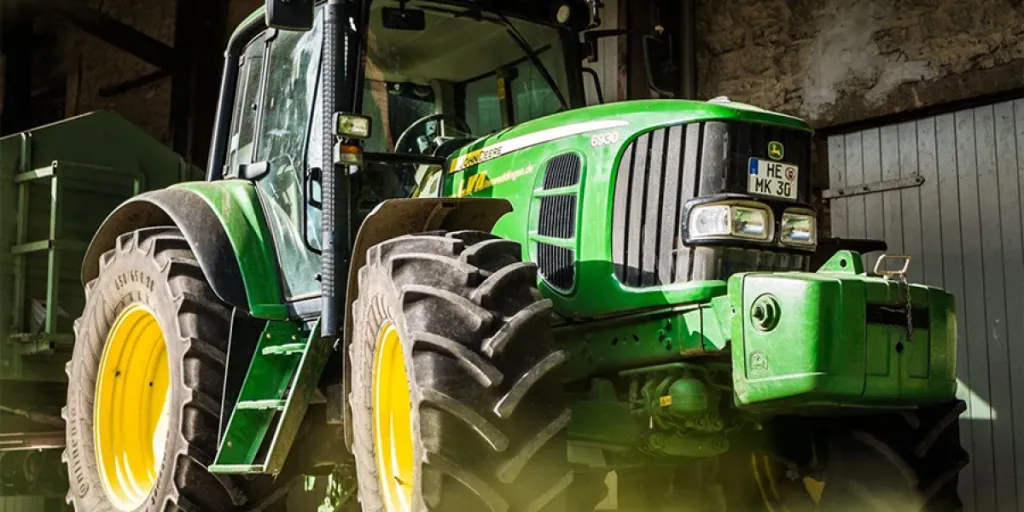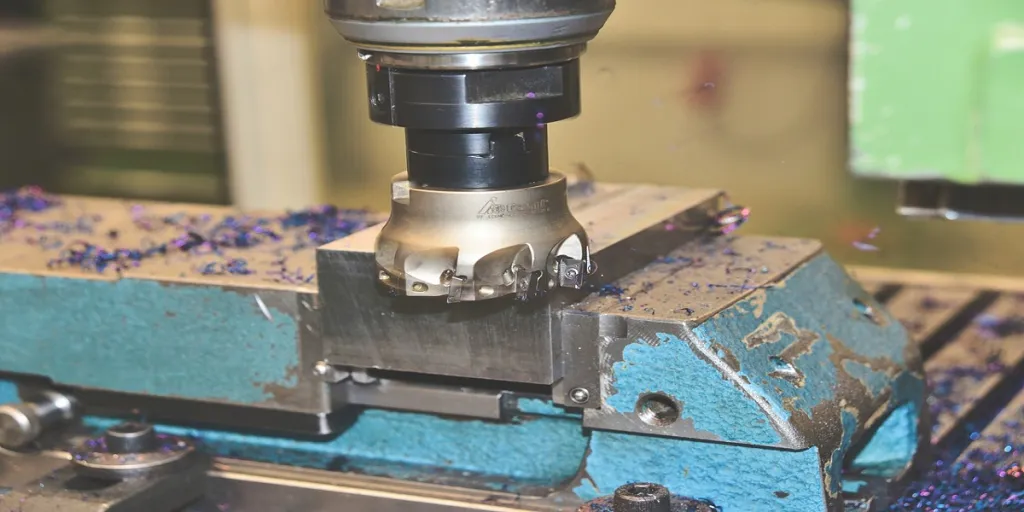Mineral separators are essential to mineral processing because they efficiently separate precious minerals from unwanted byproducts. Besides, the mineral separator your business use can significantly affect the efficiency and profitability of the whole operation.
Given the wide range of separators in the market, choosing the ideal equipment for your business can be challenging. Today’s guide will discuss selection tips, including feed size and composition, capacity, separation efficiency, processing capacity, and maximum approved grain size. By considering these tips, your business can make an informed decision and avoid the pitfall many businesses make when choosing mineral separators.
Table of Contents
Global mining equipment market size
Tips for selecting mineral separators
Types of mineral separators
Conclusion
Global mining equipment market size
According to Grand View Research, the global mining market was valued at US$ 135 billion in 2022 and is expected to grow at a compound annual growth rate (CAGR) of 5.1% from 2023 to 2030.
Among the key drivers of growth in the forecast period is an increased investment as well as government support for digital mine innovation. In addition, using improved and innovative extraction equipment and technologies has improved ore grades, thereby extending the life of older mines.
Tips for selecting mineral separators
Feed size and composition
The feed material size and composition are important considerations when selecting a mineral separator. This is because the feed size and composition can significantly affect the performance of the mineral separator.
For instance, if the feed material predominantly consists of tiny particles, it may require a different separator than when the feed material is composed of larger particles. In addition, the choice of a separator may be impacted if the feed material is highly abrasive or includes contaminants.
Type of minerals
This is still another important consideration when choosing mineral separators. Different minerals have varied compositions, so a specified separator is required to achieve effective separation.
For example, magnetic minerals such as magnetite and hematite require a magnetic separator to achieve separation. On the other hand, non-magnetic materials such as gold and platinum will require a to achieve effective separation. Non-magnetic mineral separators include gravity separators and flotation separators.
Considering the type of materials during equipment selection will help businesses pick a suitable separator for efficient mineral operation and profitability.
Separation efficiency
A separator with higher efficiency will mean a business will post a higher output of valuable minerals, thereby reducing the amount of waste and increasing profitability. During selection, businesses must consider the type of materials and mineral separator because the two go hand in hand. Some mineral separators may be more efficient than others for a particular type of mineral.
Processing capacity
Businesses should consider how much output the mineral separator can handle efficiently within a specified time, such as an hour.
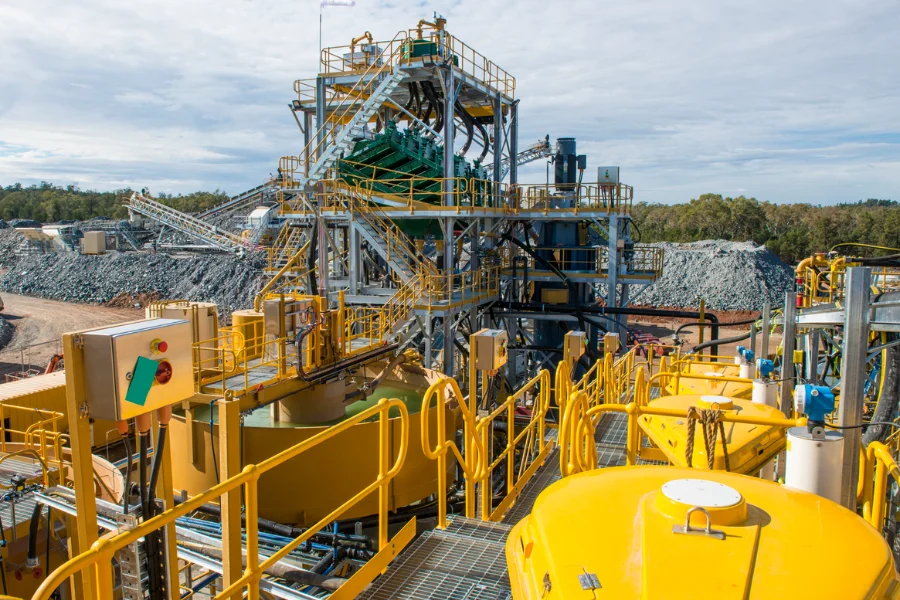
Choosing a separator with a high processing capacity means the business improves efficiency, resulting in a higher yield. In contrast, a mineral separator with a lower processing capacity will bring about inefficiency.
Therefore, choose a mineral separator that meets the business’s requirements.
Maximum approved grain size
Maximum approved size is another important consideration when choosing a mineral separator. This is because of two reasons; firstly, if the particles are too large for the machine to handle, the separation will yield an output with increased impurities or waste. Secondly, the opposite is also true. If the grain size of the mineral is too small, the process will result in inefficient separation and yield output with increased impurities.
Types of mineral separators
Magnetic separators
Magnetic separators are used in the mineral industry to separate magnetic from non-magnetic minerals.
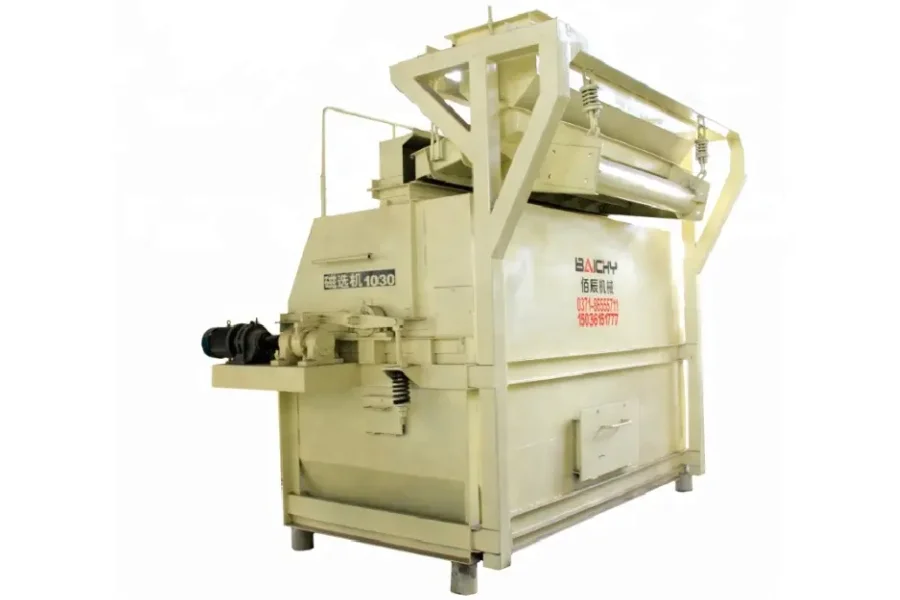
They use a magnetic field to achieve the separation and are classified into three types:
1. Weak magnetic separator (low-intensity magnetic separator)
2. Medium magnetic separator
3. Strong magnetic separator (high-intensity magnetic separator)
Pros
– Versatile and simple design
– Powerful and portable
Cons
– Consistent maintenance required
Gravity separators
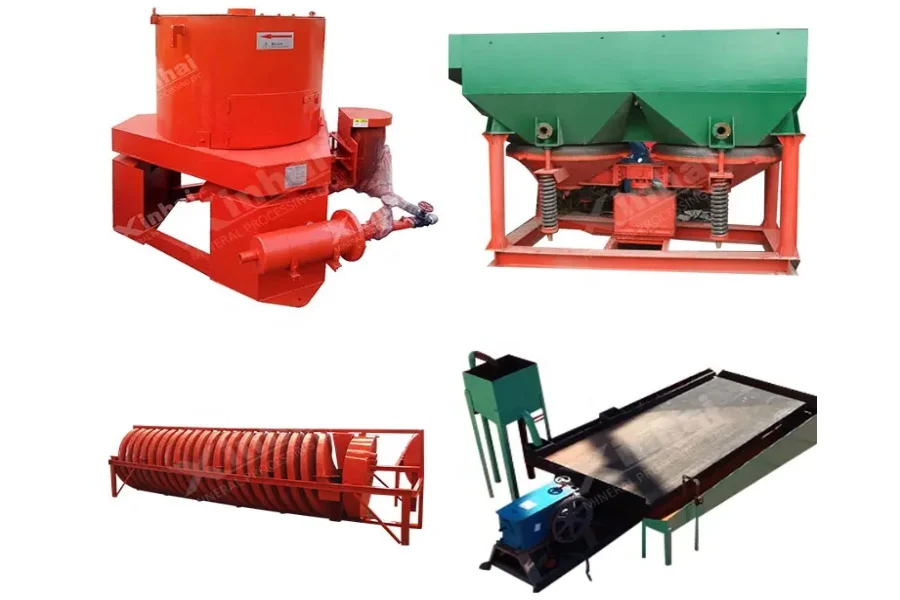
Gravity separators leverage particle characteristics to achieve separation. The characteristics include particle size, shape, and density. With a controlled size and shape, a gravity separator can separate a mixture of complex particle densities.
Pros
– High efficiency and low operating cost
– Environmentally friendly as no chemicals are used
– Simple and reliable
Cons
– Not ideal for particles of varying sizes
– Low processing capacity
Centrifugal separator
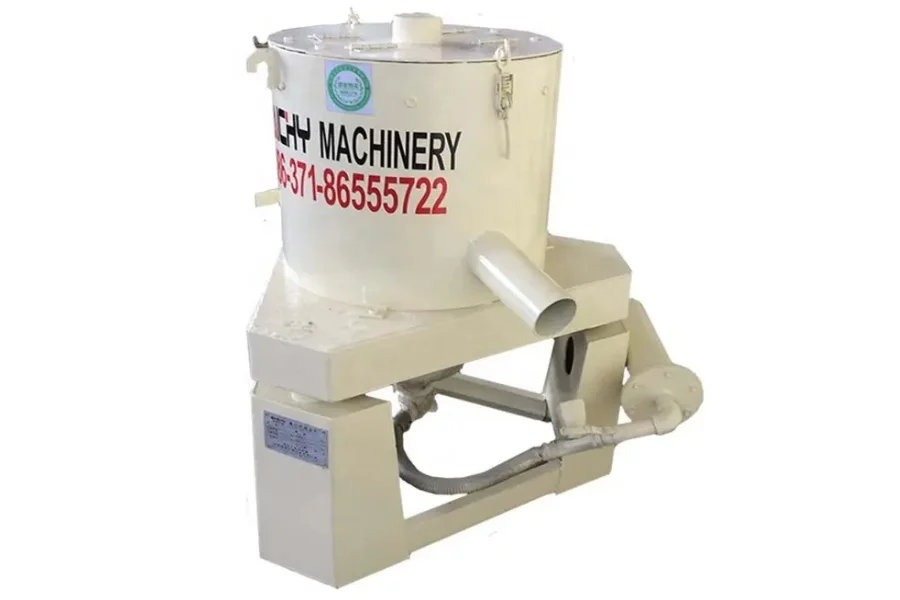
This equipment uses centrifugal forces to separate minerals based on their mass. The centrifugal separator can handle feeds of different sizes, including fine particles.
Pros
– High separation efficiency
– Able to process different feed sizes
Cons
– Complex design and operation
– Significant energy input required
Conclusion
With the above tips for selecting mineral separators, businesses can now make informed decisions and buy equipment that matches their demand.
Also read: Mining Machinery Market Trends
